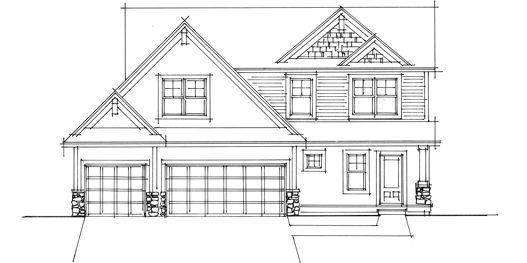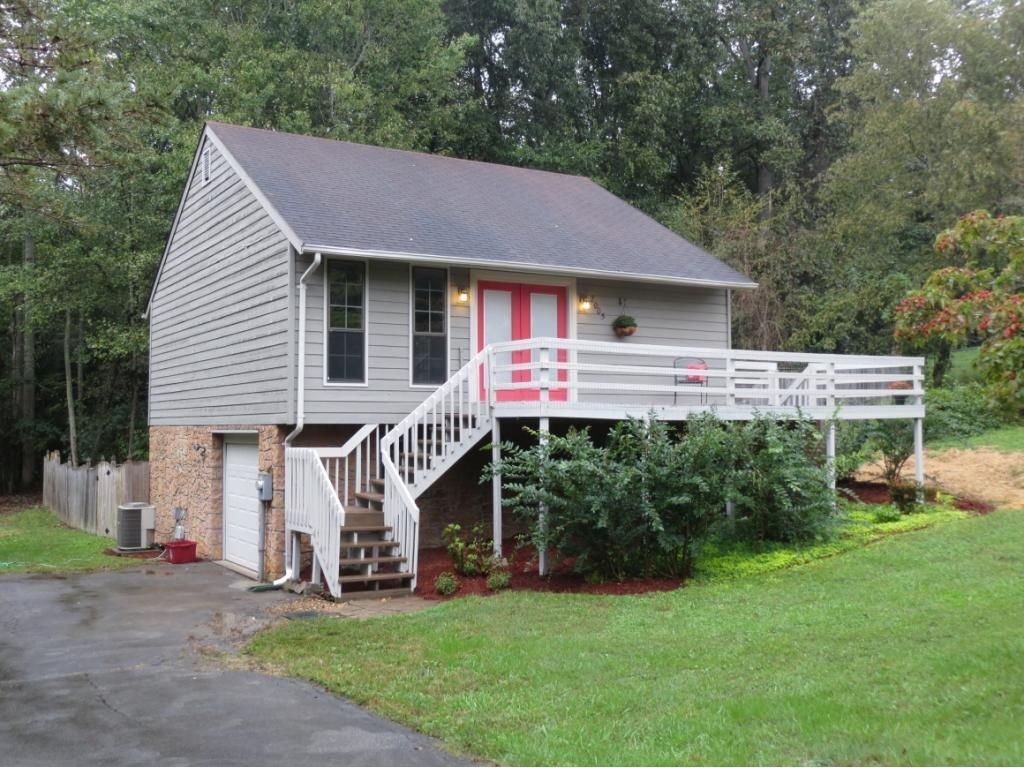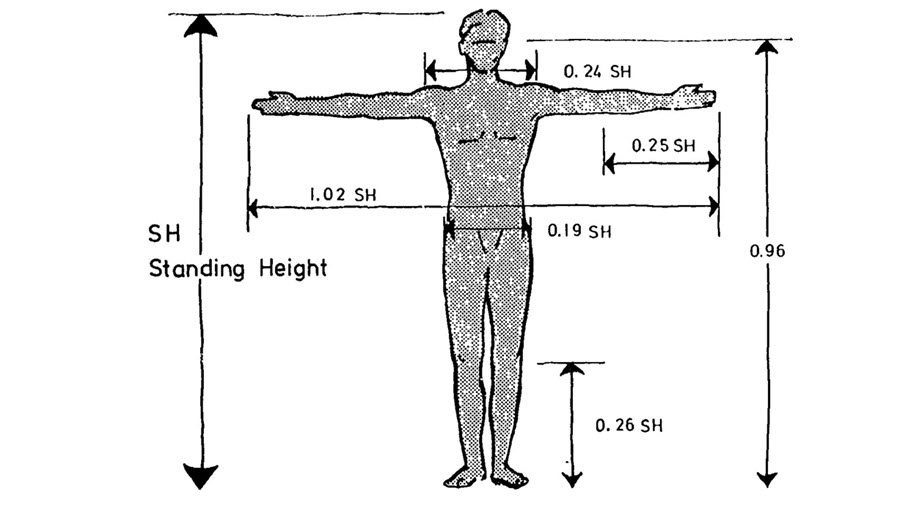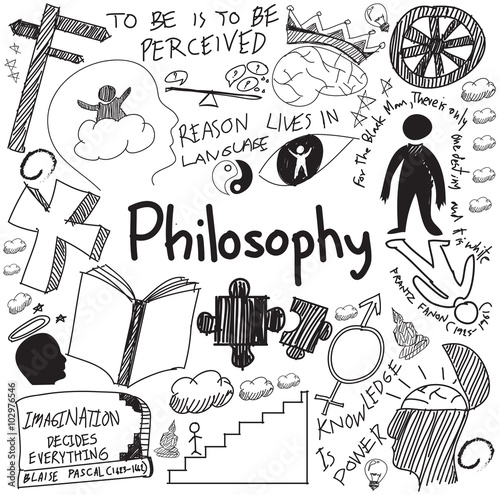The study of proxemics examines the movement and location of
individuals in a space. As an introvert, I value my personal space as it gives
me space to observe, listen and absorb everything without feeling too close to
someone I may not know. I’m sure this is a common feeling among many. Whether
it be choosing to sit in the stands versus standing floor admission at a
concert, arriving to a movie theater early to get a good seat, requesting a
corner booth your favorite restaurant or possibly even paying a higher premium to
have extra room on an airplane—most of us have gone out of our way to make a
certain space more comfortable.
The study of proxemics provides in
depth information relating to you and another individual’s proximity to one
another. An observational study conducted by Marek Hendrykowski proves that proximity
is more than an abstract model, and instead, an ecosystem that influences daily
life. He says, “When
analyzed in terms of the proxemics of interpersonal relationships, the cultural
ecosystem is not an abstract model but an operating system which governs the
daily living conditions of individuals, groups and communities.
One concert that I went to at the PNC Music Pavilion, my
assigned seat was next to one of the large supporting columns. At first, I thought
it was going to be annoying, but it turned out to be quite nice. There was no
one sitting to my right, no one directly behind me or in front. Although,
seating was still cramped, and I was shoulder to shoulder with my brother, but
it could have been worse. Also, growing up out of the country I surfed a lot.
Surfers have several “unwritten” codes. One of which directly relates to
proxemics. Out there the water everyone tries to stay away from each other and
out of the way. Rarely are you ever closer than 10 to 12 feet away from someone
(depending on the swell and location). Sitting out on the water in isolation
staring out into the horizon is the best feeling in the world.
Proximity can be understood through several zones based on
measurements from your core.
·
Intimate Zone (0” to 18”): Ex- Greetings
o
Some senses such as sound, smell, body heat,
and bodily movements are heightened in this zone.
·
Personal Zone (18” to 48”): Ex: Interview
o
Sensory awareness is apparent, but not
heightened. You are close but not too close.
·
Social Zone (48” to 12’-0”): Ex- Conversing
with friends
o
In this zone, sensory awareness varies
depending on closeness. Depending on the setting, you could be conversating
with friends/family or overhearing a distant party’s conversation.
·
Public Zone (12’-0” to 25’-0”): Ex- Concert
o
Sensory awareness is almost indistinguishable.
 |
| Sketch by me |
Personally speaking, I understand how the study of proxemics
affects how individuals go about their daily lives. Many of those who are like
myself sometimes go out of their way to feel comfortable in a space. By
understanding the key concepts of this study, it will help myself as a designer
to create spaces for likeminded people.
-------------------------------------------------------------------------------------------------------------------------
Marek Hendrykowski. (2015). Proxemics: A study on cultural anthropology. Przestrzenie,
Teorii, (23), 39-51.

















